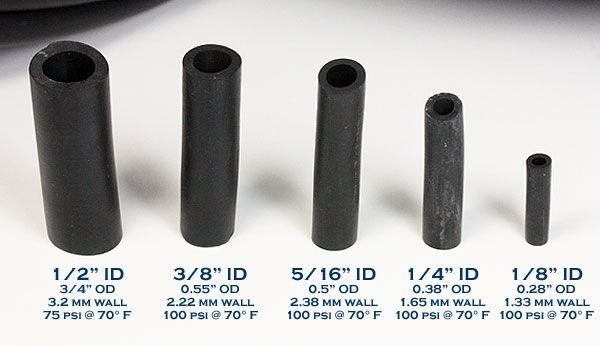3/8" hose is fine for those engines, as long as it isn't pinched or obstructed.
If you have a powerful vacuum with the filter element in and no vacuum when you remove it, I'd guess the problem lies with the filter or installation.
Bad fuel can clog a filter fast. Get some water in the tank, get some growth, stir it up, and a clogged filter, you get. Same if you add biocide to a tank with growth.
A well maintained charter fishing boat here was losing power and falling out of plane. The changed fuel filters and it seemed to go away and then came right back. They changed again -- and they could see the filth on the filter. There was nothing complicated -- just bad fuel that isndirtying it up until it is gone. Or, well, gone enough, "Dilution is the solution to pollution".
Ultimately, if there isn't a problem except when that filter is in...that device looks really suspect and the lines seem demonstrated good.

